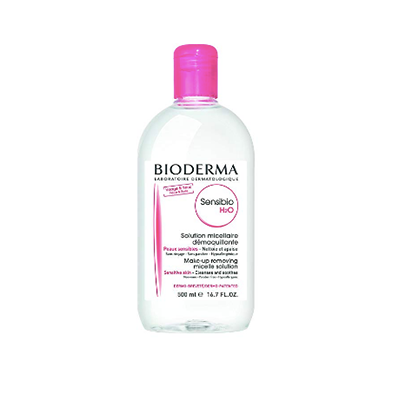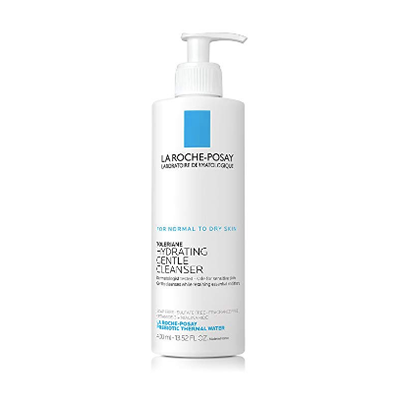When you douse your skin in moisturizers and vitamin C daily, never leave the house without SPF, and would rather be caught dead than sleep in makeup, you expect glowing, baby-soft skin in return — so, when you aren’t getting it and instead are greeted with dullness and aging, it can be confusing. If you love your skin and still wonder why it isn’t loving you back, it may be something else that’s wreaking havoc on your skin.
turns out, you don't have to spend all of your free time cleaning
There are two little words on many a skincare product that are easy to be ignored but could be the key to all of your skin woes: pH balanced.
It sounds overwhelming and something that’s worth glazing over (life is hard enough without revisiting 10th-grade science classes), but if your skin is constantly dry or irritated, your pH levels could be to blame — but what exactly does that mean?
What is pH?
To get into what exactly pH, we have to revisit some high school chemistry (remember those color-changing strips you dipped into different liquids to see where they fell on the scale?). If you want to get technical, the term pH, or potential of hydrogen, refers to “the activity of hydrogen ions (ions are molecules that carry a positive or negative charge) in a water-based solution.” How does this affect your skin? Because it’s made of mostly water, and its pH can alter how it retains it.
pH runs on a scale from 0-14, where anything below a 7 is considered acidic, and anything higher is considered alkaline. The skin’s surface is acidic — running at an average pH of 4.7 — and increases in acidity as we age. This number also varies based on the skincare we’re using on a daily basis. We want our skin to remain acidic to ensure our skin’s barrier can defend against aggressors. Overall, we want our skin to hover around a pH level of around 5.5.
What is the skin’s acid mantle?
The skin’s acid mantle is “is the protective film of natural oils, amino acids, and sweat that covers your skin,” according to Dr. Whitney Bowe in The New York Times. You can damage it with alkaline products, which can lead to “inflammation, allergies, and breakouts.” The sun can also damage our acid mantle, which makes it more difficult for the skin to repair itself.
The skin can handle minor changes to its pH, which everything from water — which is a 7 on the pH scale — to pollution can cause. When it becomes a problem is when we’re using too many products that sways our skin’s pH into the alkaline range — which can cause issues like dryness and sensitivity.
How to restore your skin’s pH balance
Since our skin is naturally acidic, it works best with acidic skincare products. Issues arise when we use products that are too alkaline — with a pH higher than a 7.
Unfortunately, the only way to know exactly what a product’s pH is is if the brand specifically provides it. If your cleanser leaves you with a tight, dry feeling, it could be a sign that the cleanser is too alkaline, which in turn disturbs your skin’s natural oils.
A great place to start with re-balancing your skin is with your cleanser. Some brands put an emphasis on making sure the pH of their products are the sweet spot of a 5.5, which ensures that it isn’t stripping your skin of its moisture. Other gentle cleansers — like micellar water — can help to keep you balanced and moisturized. Swapping a harsh cleanser for a gentle, pH-balanced alternative can transform your skin.
Cleansers
According to Shari Marchbein, a dermatologist in New York, “Products with ingredients like glycerin, petrolatum, and hyaluronic acid can also help repair the skin barrier and replenish lost moisture,” she told the New York Times.
It’s also recommended that chemical exfoliants — like glycolic and lactic acid — should only be used once a week for dry and sensitive skin, and no more than three times a week for oily skin. Make sure that when you do use your acids, you immediately follow up with a moisturizer to help lock in the skin’s moisture.

Source: @biodermausa
Toners
Certain toners are also formulated to restore your skin’s pH level and get it closer to that coveted 5.5. Use on a cotton ball first thing after cleansing — before you put on moisturizer — for optimal results.



 "
"






